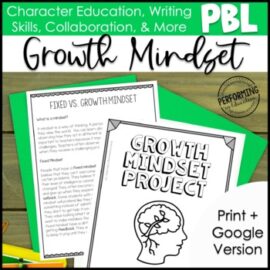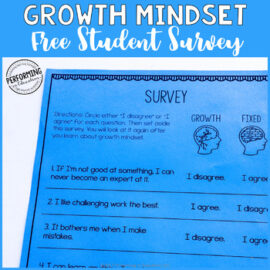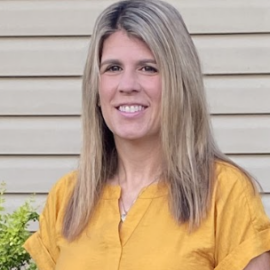One of the most challenging things about being a gifted and talented teacher is that the high achieving students that enter my classroom may not have a growth mindset. These students may have never faced academic difficulty before. They have been successful most of their time in school. When I present a tough problem for the first time it may be met with tears, frustration and anger. Learning has always come easy to them. While this has served them well in the past, we know that we do not grow unless we are faced with challenges that require effort. Therefore, teaching growth mindset in the gifted and talented classroom is essential.
Teaching Growth Mindset
The last several years I have seen a big change by teaching students about growth mindset. If you are new to growth mindset this article, Growth Mindset in Project-Based Learning, explains the difference between a fixed and a growth mindset and how it can help in project-based learning.
In my classroom, we learn about growth mindset by sorting statements into growth or fixed mindset. We read articles about famous people that failed repeatedly before succeeding. Did you know that Michael Jordan was cut from his high school varsity basketball team? We read books such as Thank You Mr. Falker by Patricia Polacco and The Girl Who Never Made Mistakes by Mark Pett. We then create our own growth mindset mantras to repeat when things get difficult. One of my favorites is: I don’t know this yet. By adding the word yet, students understand that their struggle is only temporary and that they can persevere to learn new things.
Teaching About the Brain
I often incorporate growth mindset into a unit about brain development. I like to use the book Your Fantastic Elastic Brain by JoAnn Deak. Students love to learn that their brain creates new neurons when they learn new things. We make a brain hemisphere hat to discover the different parts of our brains and their responsibilities. When students understand that they are responsible for their own learning and can actually change their brain, they are much more willing to stay motivated when new learning doesn’t come as easily.
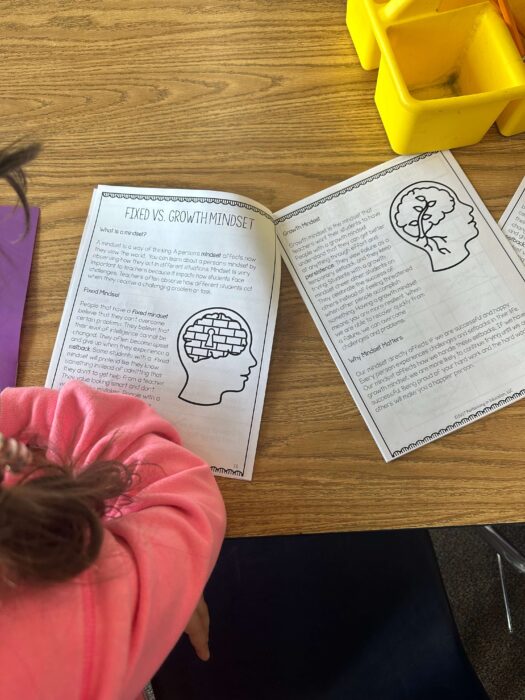
Growth Mindset Project-Based Learning
This year I took the process one step further by using this Growth Mindset Project-Based Learning resource. It includes step by step directions and resources to have my new gifted and talented students present their learning about growth mindset to a class of younger students. They were responsible for the following activities:
- Become an expert on growth mindset through research
- Create a pre-assessment
- Administer the pre-assessment
- Check the pre-assessment to determine what needs to be taught
- Prepare a presentation to teach to another class
- Present their presentation to the class
- Administer a post assessment to check for understanding
- Reflect on what they learned
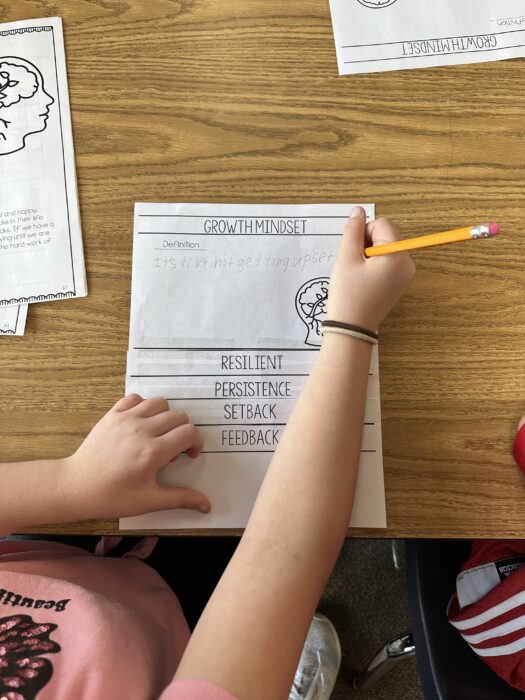
Research
If you are new to project-based learning, you may be wondering what it looks like in your classroom. In this unit students were involved in an in-depth inquiry on growth mindset. Students read an article that described the difference between a growth and fixed mindset. They then used context clues and did additional research to determine the meaning of important vocabulary terms including resilient, persistence and feedback.
Collect Data with a Pre-assessment
After they had a good understanding of growth mindset students were responsible for choosing another class to teach. They needed to determine what the class they would be presenting to already knew about growth mindset so that they could prepare what to teach them. After preparing their pre-assessment questions they had their classmates critique them. This was a great opportunity to practice both giving and receiving feedback and they will be able to use what they learned about feedback in projects all year long.
Students then created a final copy of their pre-assessment to assess the class. This was their favorite part of the project. They went to the class to explain their project and give students the pre-assessment. They then carefully evaluated the pre-assessments and determined the most missed questions to teach about.
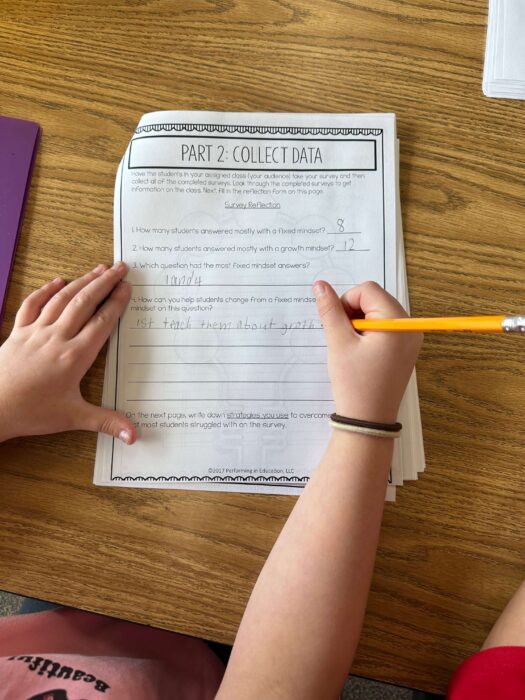
Presentation
After determining what they needed to teach, students created a plan for their presentation. They utilized their notes from the research stage of this project. Some groups needed to do some additional research. I was excited to see students determine this for themselves without my guidance. Again, students critiqued each other’s plans and they made adjustments before preparing their presentations.
Most of my students chose to present their projects by making a slide show, but some also made posters. This project allowed students choice and voice in their own learning. They could take ownership of their learning by deciding what would work best for their group based on their preferences and abilities.
Students were so excited to teach what they learned to the younger students. They eagerly learned everything that they could about growth mindset so that they could become the teacher. They also administered a post assessment so they could see real results that indicated they made a difference. One of the most difficult parts of many of our projects is finding an authentic audience, and this project allowed students to interact with an eager audience in our school.
Reflection
Finally, students wrote a multi-paragraph reflection. This allowed them to identify what they did well and what they would improve if they were to do this again. I include reflections at the end of every unit in my talented and gifted class and have noticed that students’ self esteem increases when they have a chance to really think about what they accomplished. They also progress throughout the year when they take the time to think about what could have gone better if they put forth the time and effort.
Evaluation
Students were evaluated using the included project rubric. They were scored on their research, planning, implementation and written reflection. I do not provide grades in my classroom, but I like to give students individual feedback so that they can always improve. My rule of thumb is two positive comments for every improvement. The rubric provided me specific areas to discuss.
Teaching growth mindset has made a huge difference in my classroom. It has created a positive learning environment in which students are not afraid to ask questions and take risks because they know that it is how they learn. Hopefully it can make a difference for you too!
